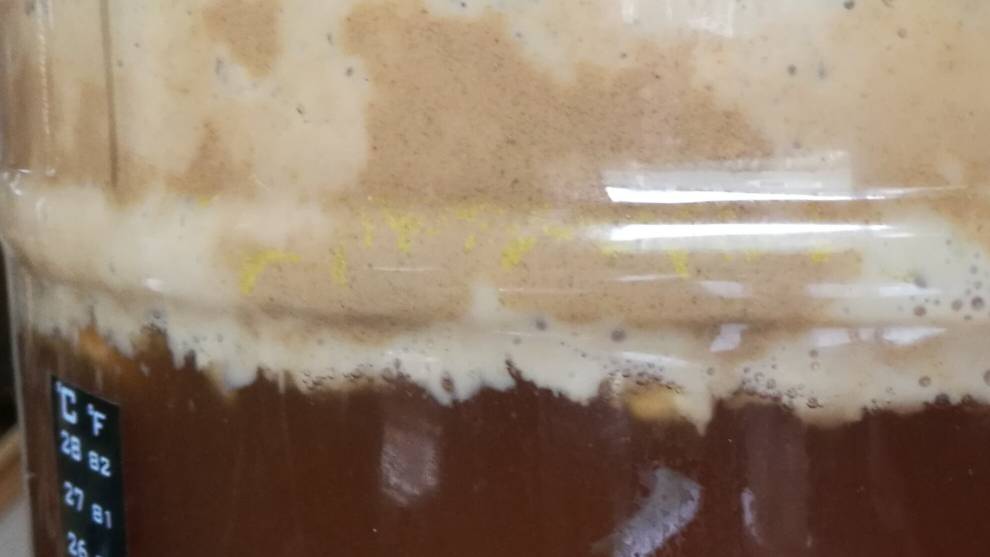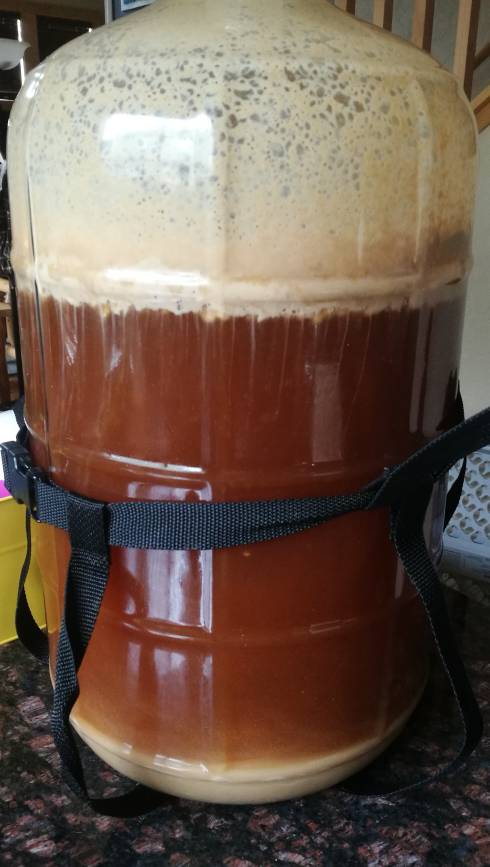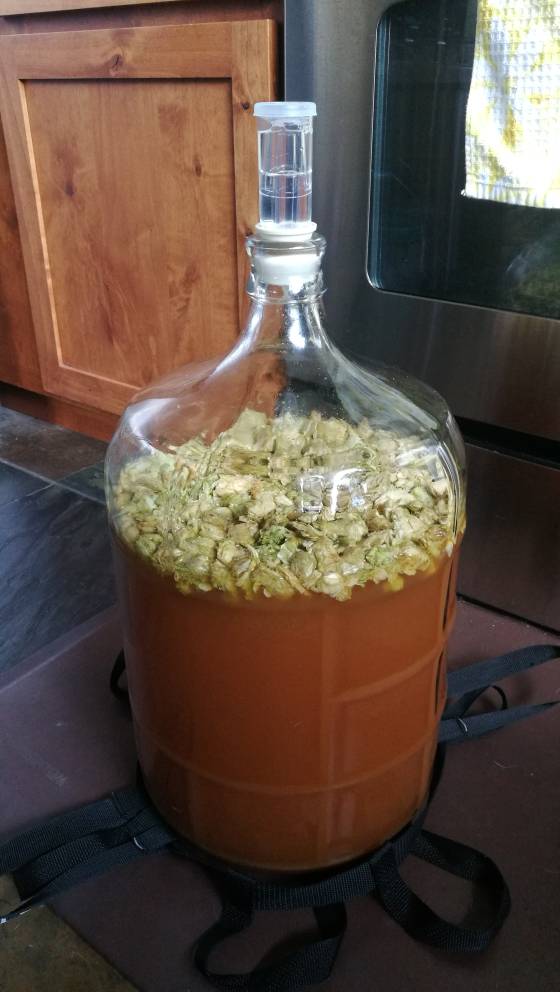I'm about to reach to a secondary for dry-hopping, and I noticed some yellow stuff in the krausen. It looks mineraly or crystalline, and I don't believe it's mold or an infection. But I'm curious if anyone knows what this is.
Also, I've never had a beer with a yeast cake on top and bottom before. Most of it's on the bottom. Maybe it's just a bunch of still-active yeast. But that's new for me. Any thoughts? A yeast blend, maybe?
For reference, this is a clone of Weldwerks Juicy Bits NE IPA. It's supposed to be hazy and citrusy.


Also, I've never had a beer with a yeast cake on top and bottom before. Most of it's on the bottom. Maybe it's just a bunch of still-active yeast. But that's new for me. Any thoughts? A yeast blend, maybe?
For reference, this is a clone of Weldwerks Juicy Bits NE IPA. It's supposed to be hazy and citrusy.





